Where Gumbo Was #418
Last week’s clues pointed us to Gumbo’s mystery destination, a treasure unique in the country. Bok Kai Temple in Marysville, California is the oldest Taoist temple in the United States with roots in the community of pioneer Chinese of the mid-19th century Gold Rush. Congratulations to Professorabe & George G. who successfully followed Gumbo's clues to his destination.
For years I’ve passed through the side-by-side Sacramento Valley towns of Marysville and Yuba City on my way up and down Highway 20. Recently I became aware that there was a Chinese temple in Marysville and, finding contact information on the Bok Kai Temple website, decided to see if a visit was a possibility. A voicemail request that I communicate by text got things rolling and an appointment was made with a third party to the conversation, Keith, who would meet me on the weekend. I looked forward to what I suspected would be an unusual afternoon in Marysville.
In the days prior to my drive down Highway 20 I read what I could find online. It came as no surprise, though I hadn’t realized it before, that a sizable community of Chinese immigrant pioneers from Guangdong had settled in Marysville beginning in 1849 during California’s Gold Rush. Built at the confluence of the Feather River flowing south and the Yuba River coming west down the Sierra Nevada Mountains bringing gold with it for eons, Marysville was an early destination for gold seekers.
Discrimination against Chinese immigrants was rampant and even institutionalized in law. In Gold Rush era Marysville the community occupied a less desirable part of the town adjacent to the flood-prone river (on the 1859 map below, Chinatown is located just below “Marysville” alongside the Yuba River). The current temple was built in 1880 with multiple deities represented, the central figure is Bok Eye or Bok Dai, in some sources Bei Di, God or Emperor of the North and, not surprising given the temple’s riverside location, with the power to control water.
1859 map showing Marysville's location at the confluence of 2 rivers.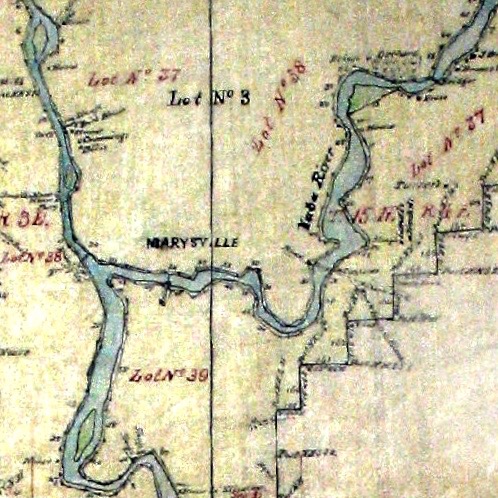
Bok Kai Temple, which translates as North River Temple, is the only survivor of at least 6 community shrines and temples and originally faced onto Front Street beside the river. After nearby damaging floods in 1955, 1986 and 1987 a plan was devised for the Marysville Ring Levee Project to protect the city and when the levee in front of the temple was completed Front Street was beneath it. The stairs adjacent to the temple building climb to the top of the levee, the bottom of which is just feet from the temple front. Bok Kai Temple is now accessed from 1st Street to the north.
Above the temple entrance, below, “A Painting of Heros Gathering” (1880).

 Altar with Gods' figures, above right, with rediscovered dragon painting above.
Altar with Gods' figures, above right, with rediscovered dragon painting above.
In 2007 extensive work was done to restore the deteriorating temple building. One of the surprises found during the work was a dragon painted in ink on wood above the altar, long hidden by soot from burning incense.
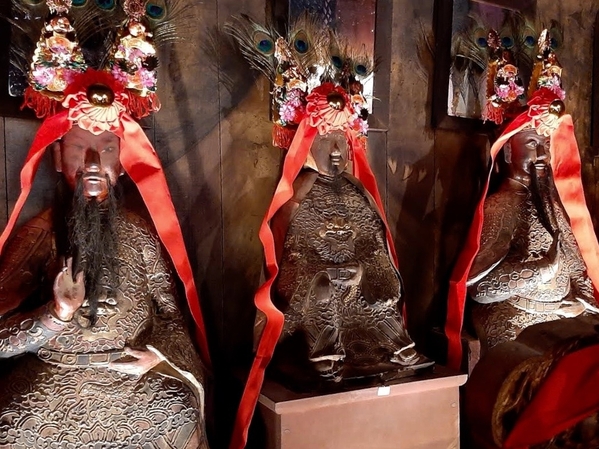
L-R above, figures of Gods Quan Gung, Bok Eye, Yak Fung.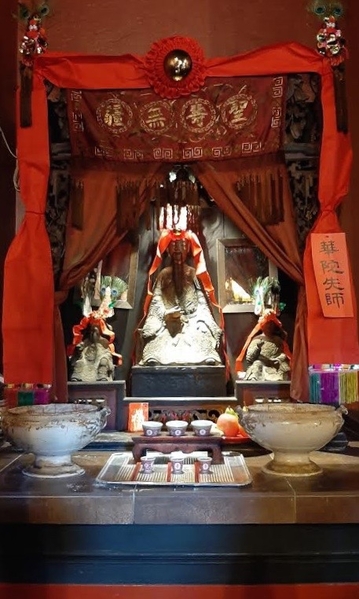 Central figure above, Wa-Ho. Below a seated figure of Guan Yin.
Central figure above, Wa-Ho. Below a seated figure of Guan Yin.
I met my guide, Keith, at the gate beside the levee stairs. He took me around the temple, stopping often to explain the significance of objects in the room, the names of the Gods on the altars and details of items otherwise mysterious to me like the system used to tell one’s fortune, the large bell and drum, and ceremonial weaponry.
A door inside the temple on the east side opens onto a short flight of stairs (below) down to several small rooms that include a kitchen with a traditional brick stove and a tiny sleeping room once used by a resident monk or “keeper.”
In February of 2020 The Bok Kai Temple Museum opened in two rooms on the west side of the building (below). The community had raised over $50,000 for the long-awaited project to convert the space into a showcase for antique objects that had until then languished in storage. The most impressive piece on display is Moo Lung, a large dragon made in China, arrived at Bok Kai Temple in the 1880s and was restored in 2013. Moo Lung was the centerpiece of parades all over the country, including Marysville’s, until retired in 1930. Moo Lung’s reemergence at its new museum home coincided with the temple’s 140th annual Bok Kai Festival in February 2020.
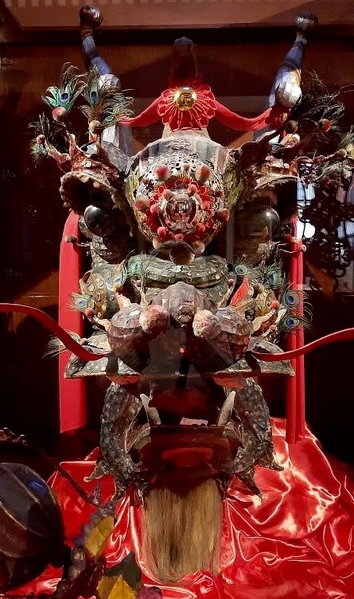 Moo Lung, above, & in the 1925 Marysville & 1904 Los Angeles parades, below.
Moo Lung, above, & in the 1925 Marysville & 1904 Los Angeles parades, below.
I’m grateful to Keith for guiding me around this extraordinary place. He also pointed me to a book, ‘Three Chinese Temples in California’ by Chuimei Ho and Bennet Bronson which I, too, recommend. Thank you, Keith.
Read about the Bok Kai Festival & Bomb Day in the New York Times, here.
Bok Kai Temple
400 1st Street
Marysville, CA 95901
Open by appointment:
(650) 678-8246
http://www.bokkaitemple.com
https://www.facebook.com/bokkaimuseum
Read more about the region in PortMoresby’s series,
And more PortMoresby stories here.

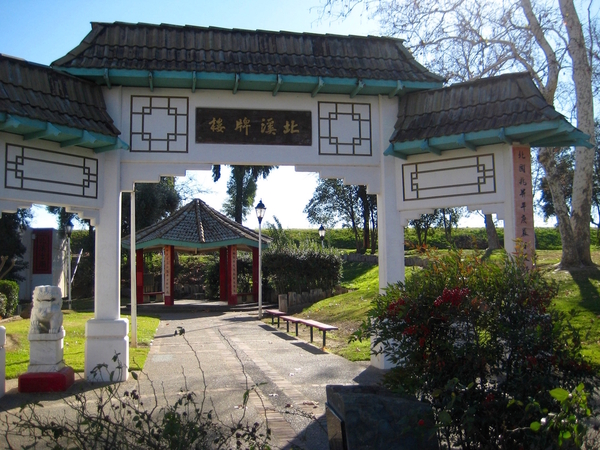
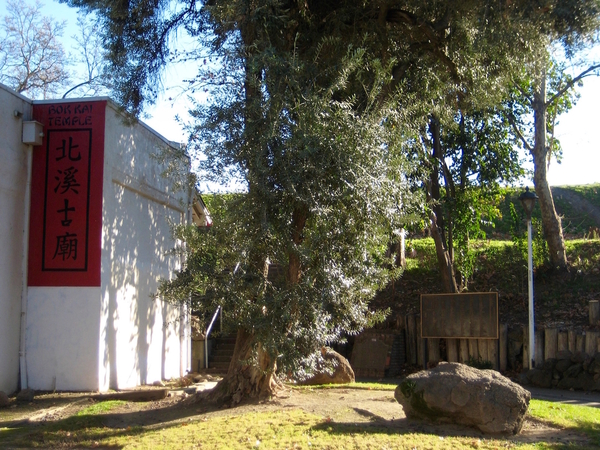
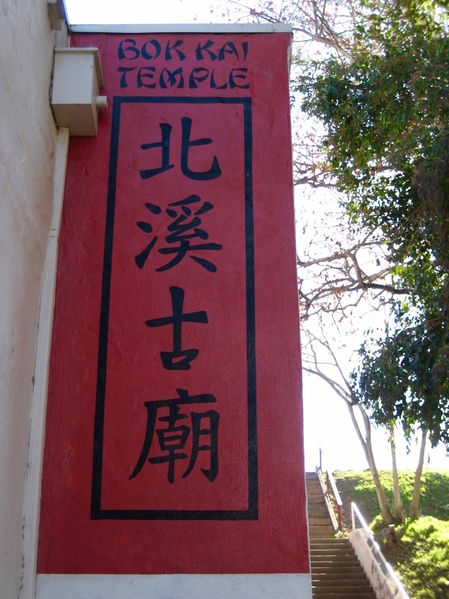
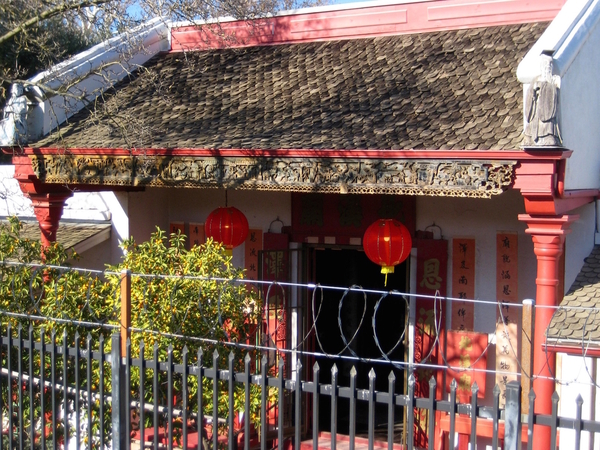

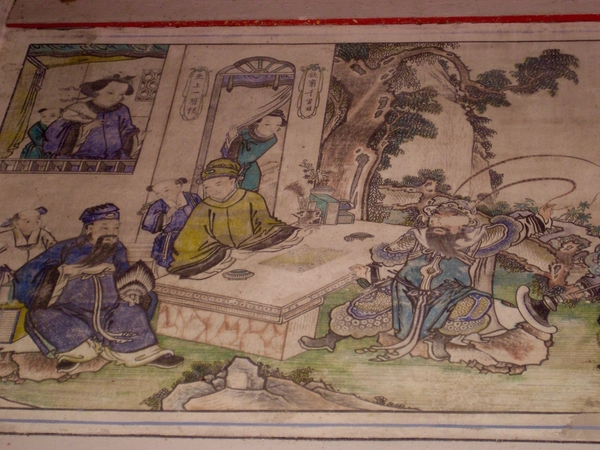
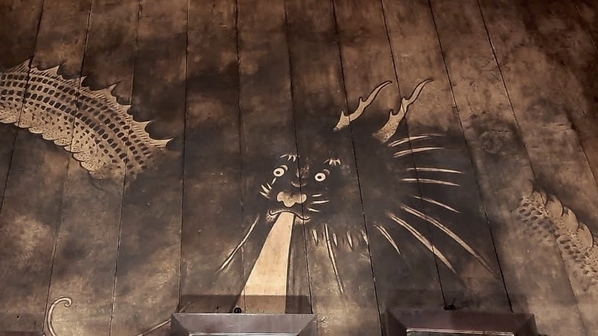

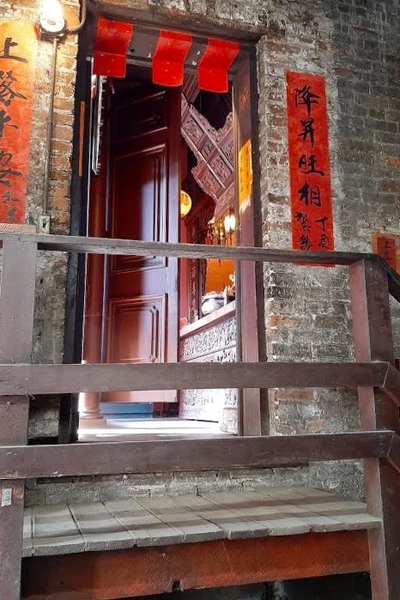
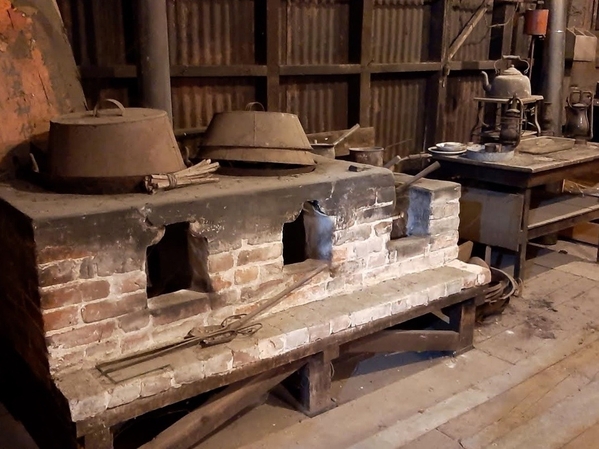
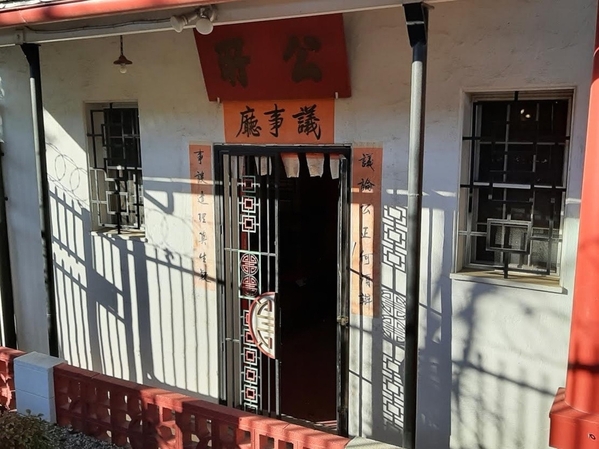
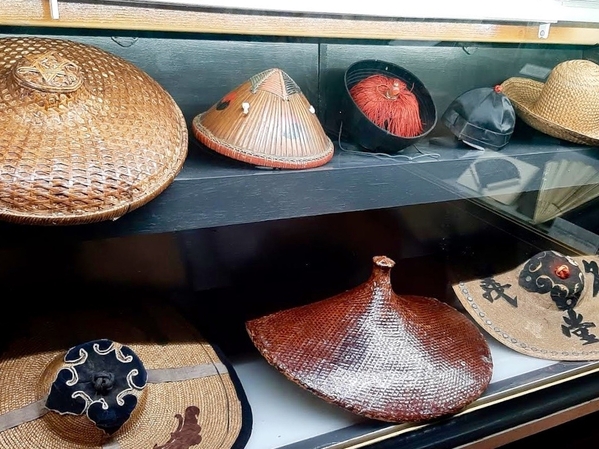
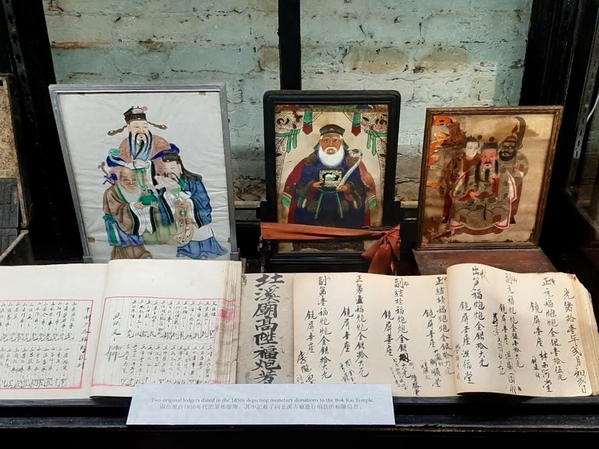
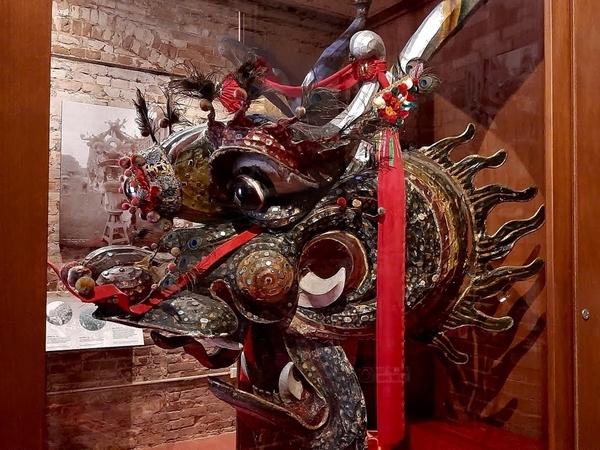
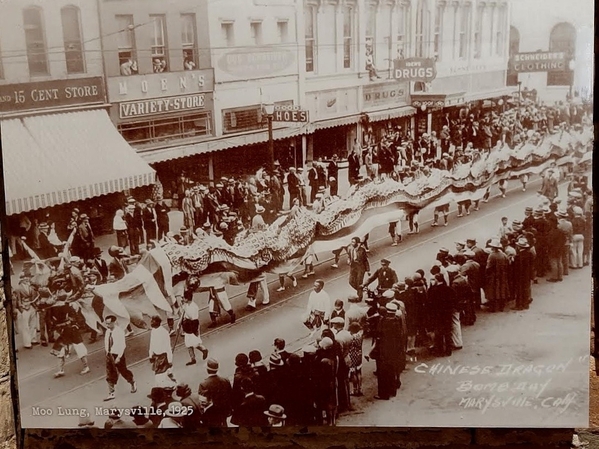

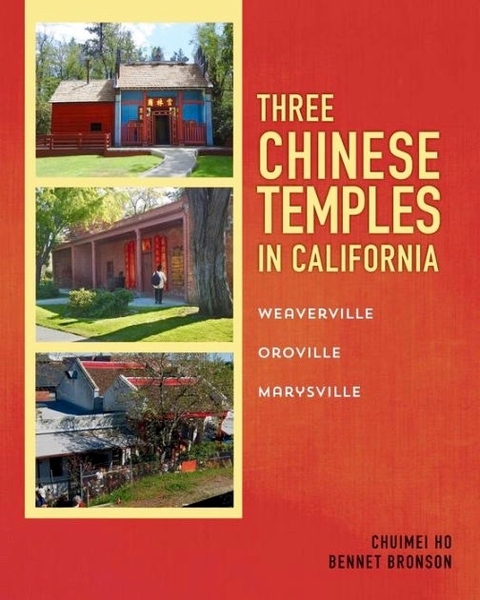




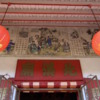

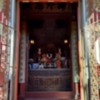

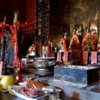



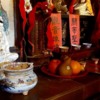








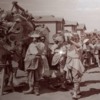


Comments (0)